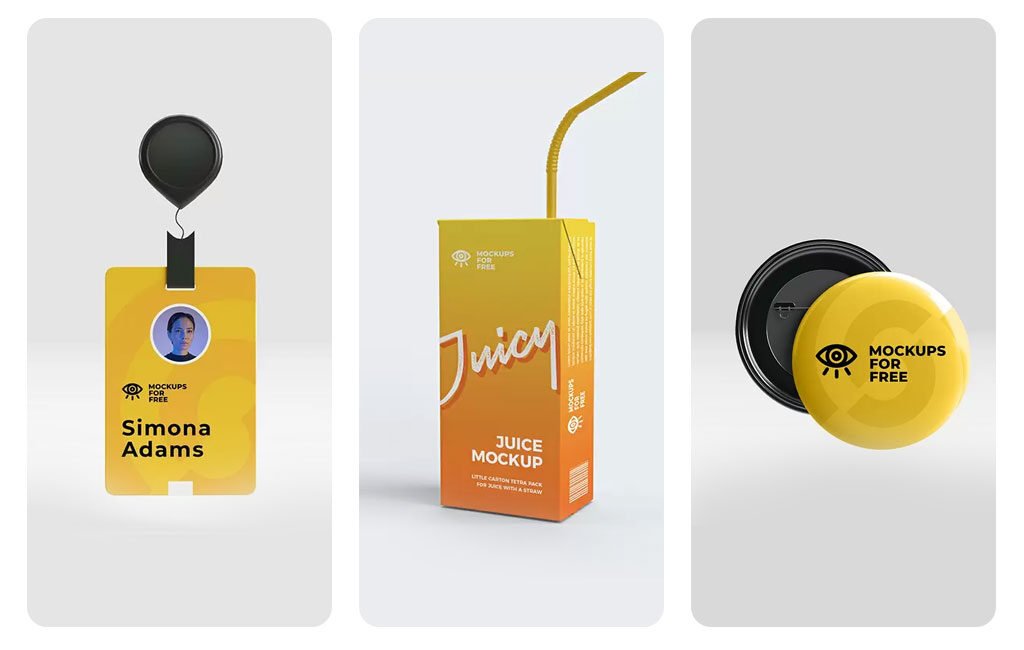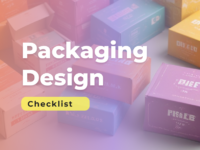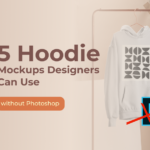Designers play a crucial role in bridging the gap between imagination and realization. One of the greatest challenges faced by designers is effectively communicating their vision to clients. This is where mockups come into the picture. Mockups serve as a powerful tool for visualizing design concepts, allowing designers to showcase their ideas in a tangible and interactive manner. In this article, we will explore how mockups can enhance client engagement and discuss some best practices for effectively presenting your design using mockups.
1. What are Mockups?
Mockups are realistic representations of a design concept, usually created using digital tools or physical prototypes. They provide clients with a visual understanding of how the final product will look and function. Mockups can range from static images to interactive prototypes, depending on the complexity of the project. By using mockups, designers can reduce misunderstandings, align expectations, and gather valuable feedback from clients.

2. The Benefits of Using Mockups:
a. Visual Communication:
Mockups allow designers to convey their ideas visually, eliminating the need for lengthy explanations. They enable clients to see and understand the design concept more clearly, increasing the chances of approval and reducing the potential for revisions. Try FREE mockups form Mockupsforfree
b. Realistic Representation:
Mockups provide a realistic preview of the final product, showcasing details such as layout, colors, typography, and user interactions. Clients can evaluate the design’s aesthetics and functionality, ensuring that it aligns with their expectations.
c. Iterative Feedback:
Mockups facilitate a collaborative feedback process. Clients can provide specific comments and suggestions, helping designers refine their work. This iterative approach ensures that the final design meets the client’s requirements while minimizing revisions and project delays.
3. Best Practices for Presenting Your Design with Mockups:

a. Choose the Right Mockup Type:
Select a mockup format that best represents the design concept and matches the project requirements. Options range from static images and wireframes to interactive prototypes. Consider the complexity of the design and the level of interactivity necessary to effectively showcase the functionality.
b. Keep it Simple:
Avoid overwhelming clients with unnecessary details or cluttered designs. Present a clean and well-organized mockup that highlights the essential aspects of the project. Focus on the core features, user interface elements, and key interactions to maintain clarity and coherence.
c. Demonstrate Interactivity:
If possible, create interactive mockups to provide clients with a hands-on experience. This allows them to navigate through the design, test functionalities, and understand the user flow. Interactive mockups can be created using specialized tools like Adobe XD, InVision, or Figma.
d. Highlight Key Features:
Emphasize the unique selling points of your design. Showcase the features that differentiate your solution from competitors. Use annotations or callouts to draw attention to specific elements or functionalities, helping clients grasp the value proposition of your design.
e. Incorporate Branding Elements:
If the design is intended for a specific brand, incorporate its visual identity elements such as logos, colors, and typography. This will help clients visualize the design within the context of their brand, making it easier for them to evaluate its alignment with their brand guidelines.
f. Provide Context:
Present the mockup in the context of its target environment. For example, if designing a website, showcase the design in a browser window or on various devices like smartphones and tablets. Providing context helps clients envision how the design will appear and function in real-world scenarios.
Mockups are invaluable assets for designers to effectively present their work to clients. By using mockups, designers can enhance client engagement, ensure a clear understanding of the design concept, and gather valuable feedback. Remember to choose the appropriate mockup format, keep the presentation simple and focused, demonstrate interactivity, highlight















